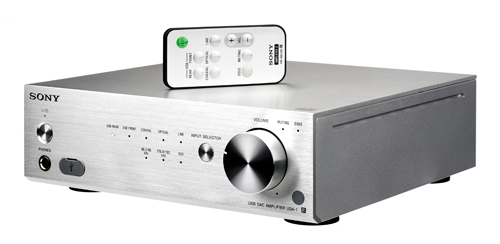What Hi-Fi? Verdict
Provided you use the UDA-1 in a set-up optimised for desktop use it’s a fine product. We’re really impressed by the build and finish too
Pros
- +
Superb build and finish
- +
Sonic clarity and precision
- +
Composure when playing demanding music
- +
Extensive feature count
Cons
- -
Lacks a little rhythmic drive and a touch of punch
Why you can trust What Hi-Fi?
Sony’s UDA-1 is a digital-to-analogue converter with a built-in amp.
It’s designed to form the heart of a computer-based system whether by driving headphones or powering a pair of desktop speakers.
Connections
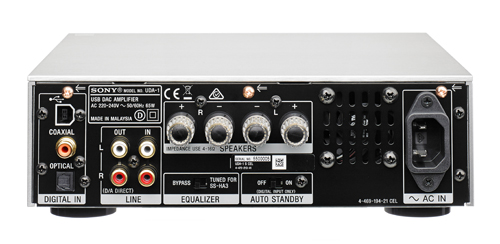
It’s a decently equipped product with coaxial, optical and a line-level input alongside a pair of USB 2.0 inputs.
The front USB uses a type-A socket and can to connect to and charge an iOS device.
Look around the back and you’ll find a type-B alternative that can accept files up 32-bit/192kHz as well as native DSD streams from a computer. DSD is the digital format that SACD is built on.
Performance
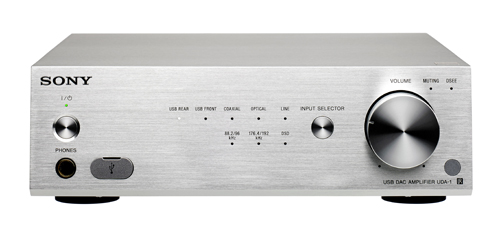
We start off with the UDA-1 connected to our Apple laptop, using Grado 325is and B&W’s P7s headphones in turn. We’re pleased with what we hear.
A CD rip of Jill Scott’s Golden shows the Sony has fine clarity and a precise way with the leading edges of notes. There’s a good sense of body to her voice and the ability to track low notes with plenty of determination.
Move onto Mahler’s Symphony No.4 (24-bit/192kHz) and we’re struck by the Sony’s composure when the music gets dense, and its precision when it comes to placing instruments in the sound stage.
It’s a nice, open presentation, with really impressive clarity and focus.
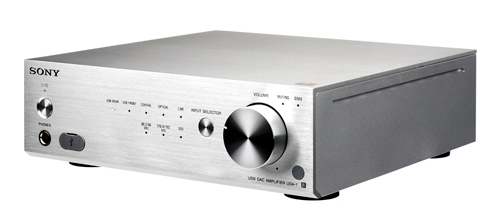
Tonally, things are slightly on the lean side, though the Sony’s sound never strays enough to dilute a recording’s natural warmth and authority too much.
It’s just an agile and precise performer that delivers a lot of insight into recordings.
It’s good regardless of file format; even a 256kbps file of Eric Bibb’s Booker’s Guitar sounded decent. Sony has developed a feature called DSEE, which is designed to make low-bitrate files sound better, and it works quite well.
This function certainly made highs smoother and more rounded. It also increases the sense of space around instruments – a common failing of low-quality files.
But, there’s a loss of focus too and a slight reduction in drive.
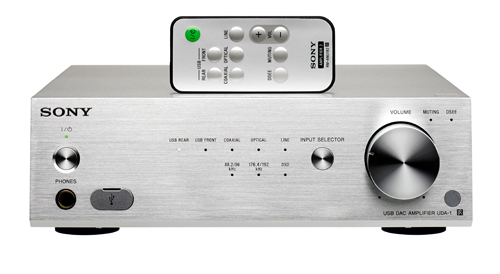
By the highest standards rhythmic ability isn’t the Sony’s strong point. It doesn’t quite latch onto rhythms with the determination of something like NAD’s D 3020, let alone more traditional rivals such as Rotel’s RA-10.
Big dynamics and outright punch are also a touch muted compared with these rivals.
The Sony’s digital inputs aren’t created equally. Disappointingly, USB performance is the weakest.
Switch to optical, coax or even analogue and the amplifier is notably more convincing. We hope the forthcoming dedicated Mac driver software helps here.
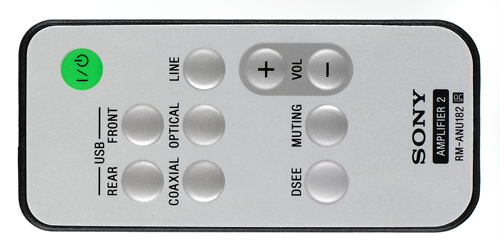
Try to use the UDA-1 to fill a room with sound by connecting something like Q Acoustics’ Concept 20s and it does reasonably well.
We like the clarity and detail on offer but, as the 20W-per-channel rating suggests, this is no powerhouse.
It doesn’t sound particularly muscular and certainly doesn’t deliver the kind of scale or authority that alternatives offer.
However, use it as intended, driving a small pair of speakers on or near a desk, and those shortcomings aren’t anywhere near as apparent.
In this situation the Sony’s insightful yet uncluttered presentation takes centre stage.
Verdict
The UDA-1 isn’t the most musically exciting of performers, but there’s enough quality here to keep it a rewarding listen.
Add the superb build, finish and (to our eyes at least) classy styling, and we think it makes a pretty appealing proposition.
See all our DAC reviews
What Hi-Fi?, founded in 1976, is the world's leading independent guide to buying and owning hi-fi and home entertainment products. Our comprehensive tests help you buy the very best for your money, with our advice sections giving you step-by-step information on how to get even more from your music and movies. Everything is tested by our dedicated team of in-house reviewers in our custom-built test rooms in London, Reading and Bath. Our coveted five-star rating and Awards are recognised all over the world as the ultimate seal of approval, so you can buy with absolute confidence.
